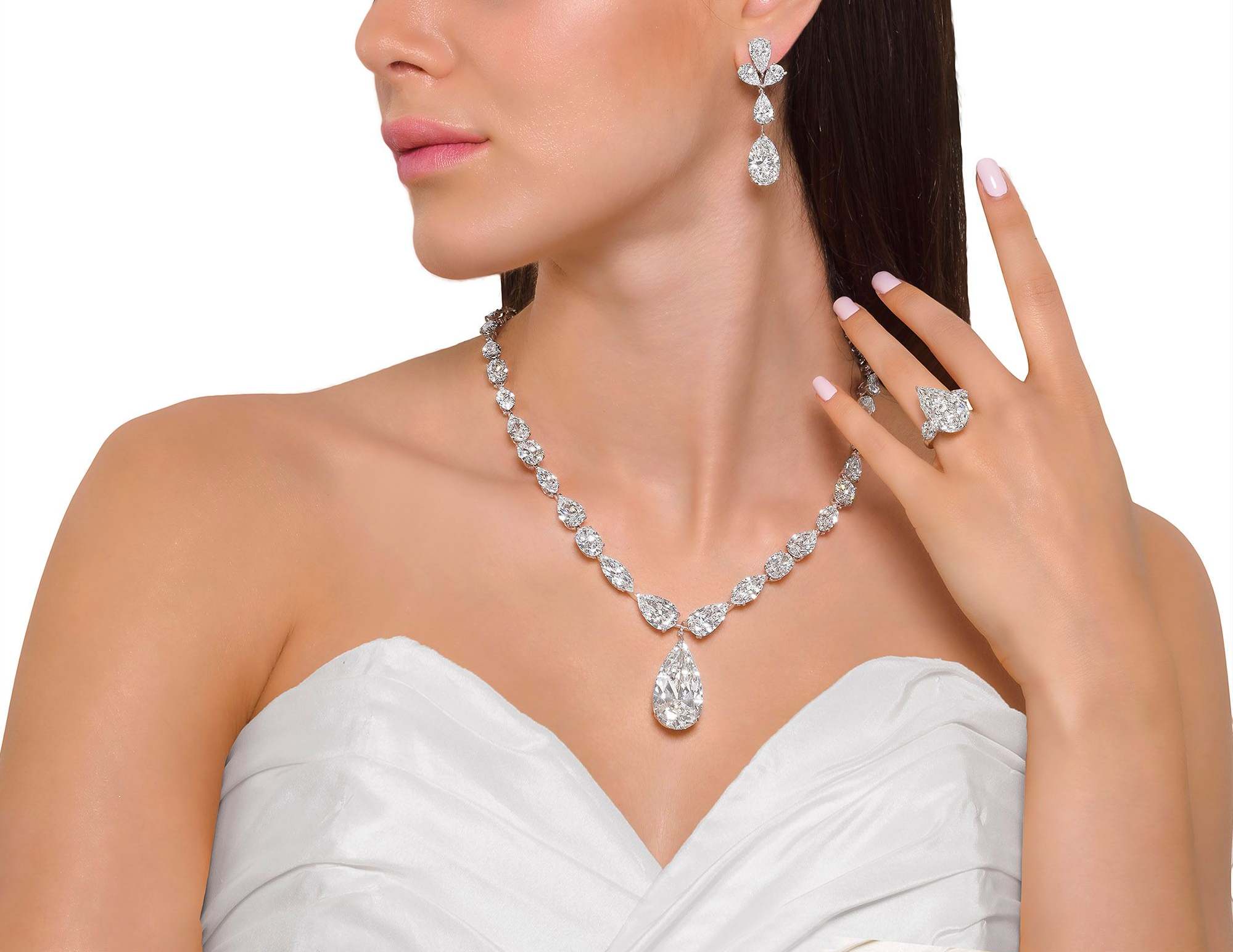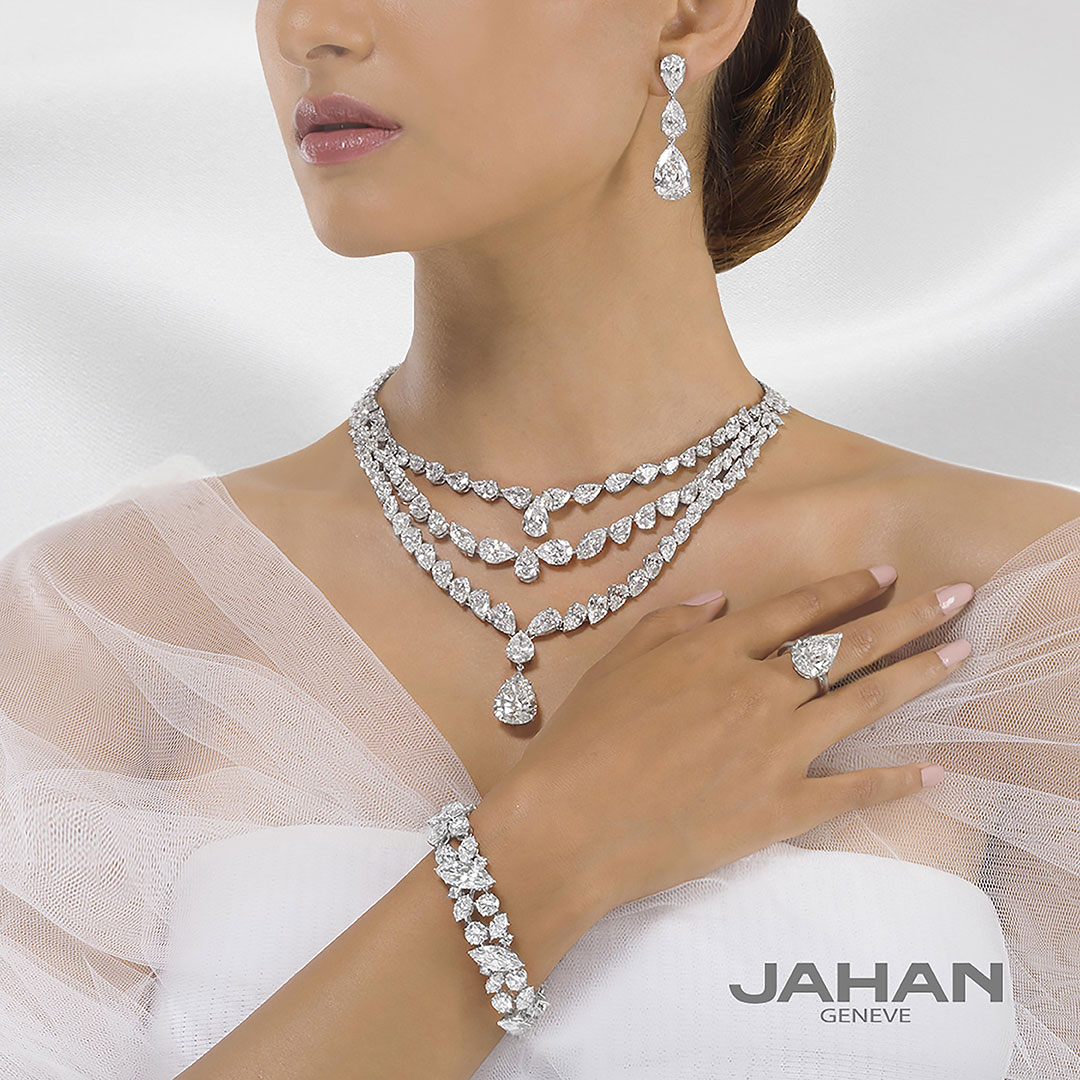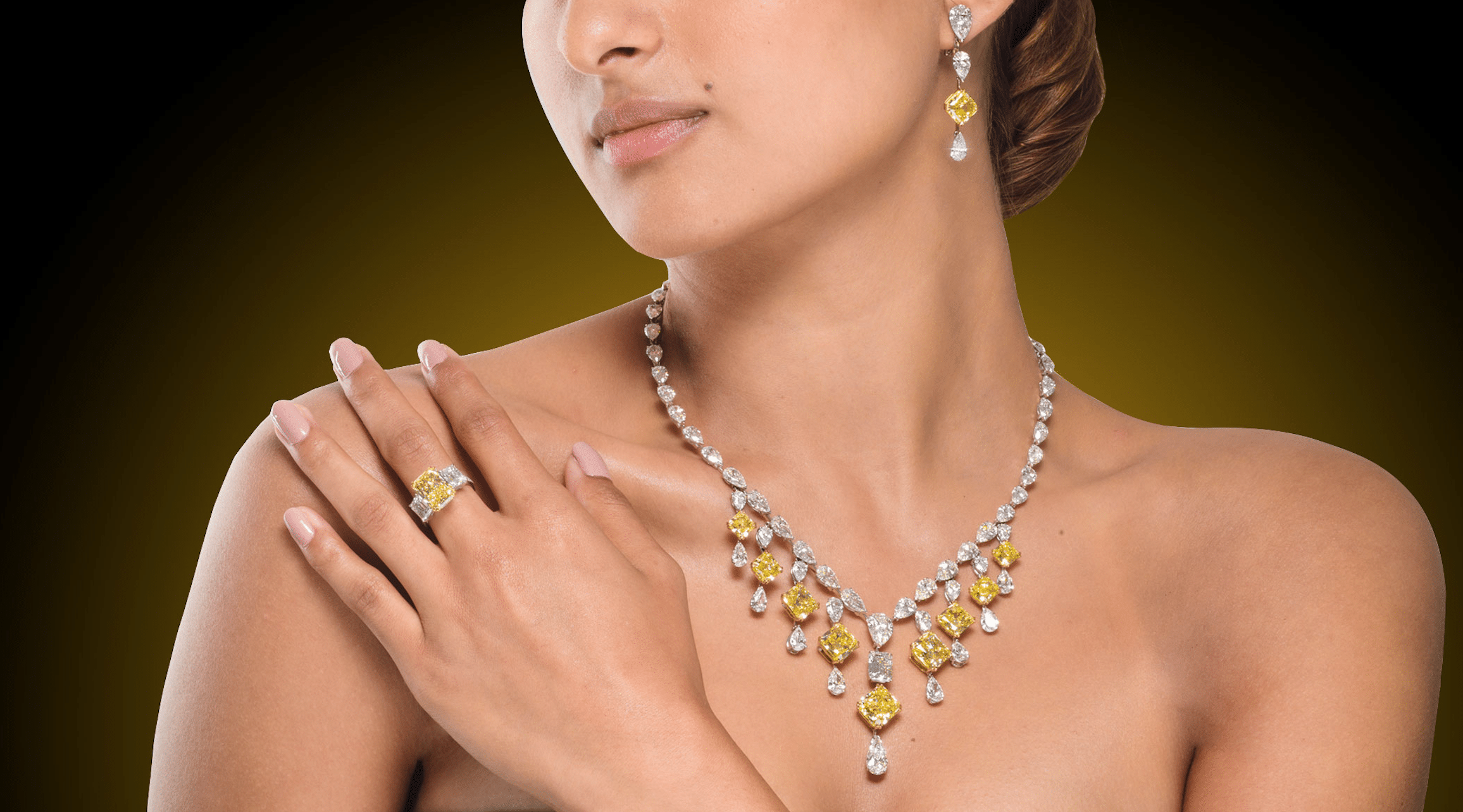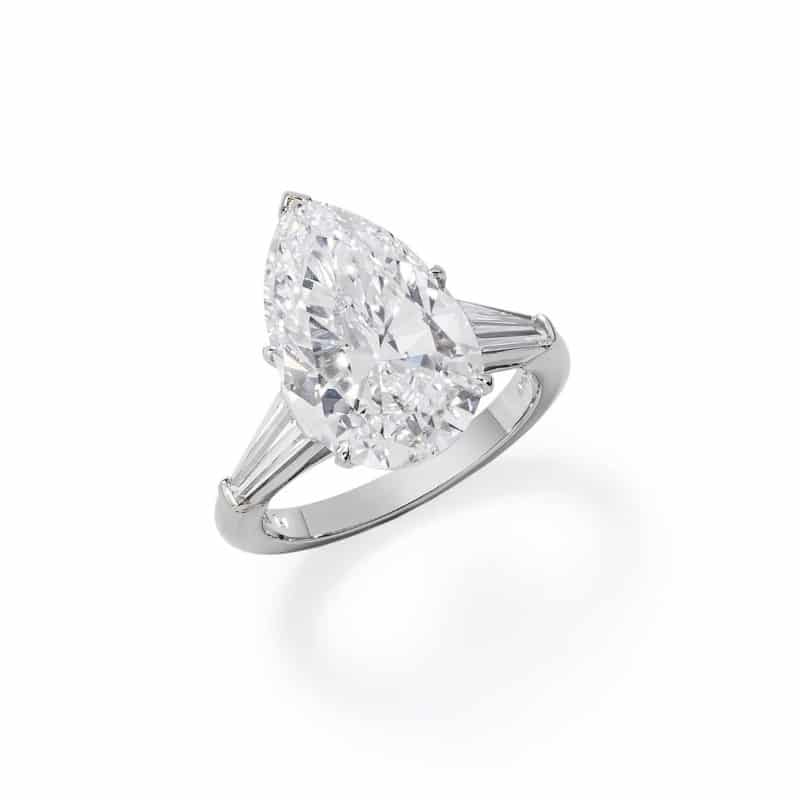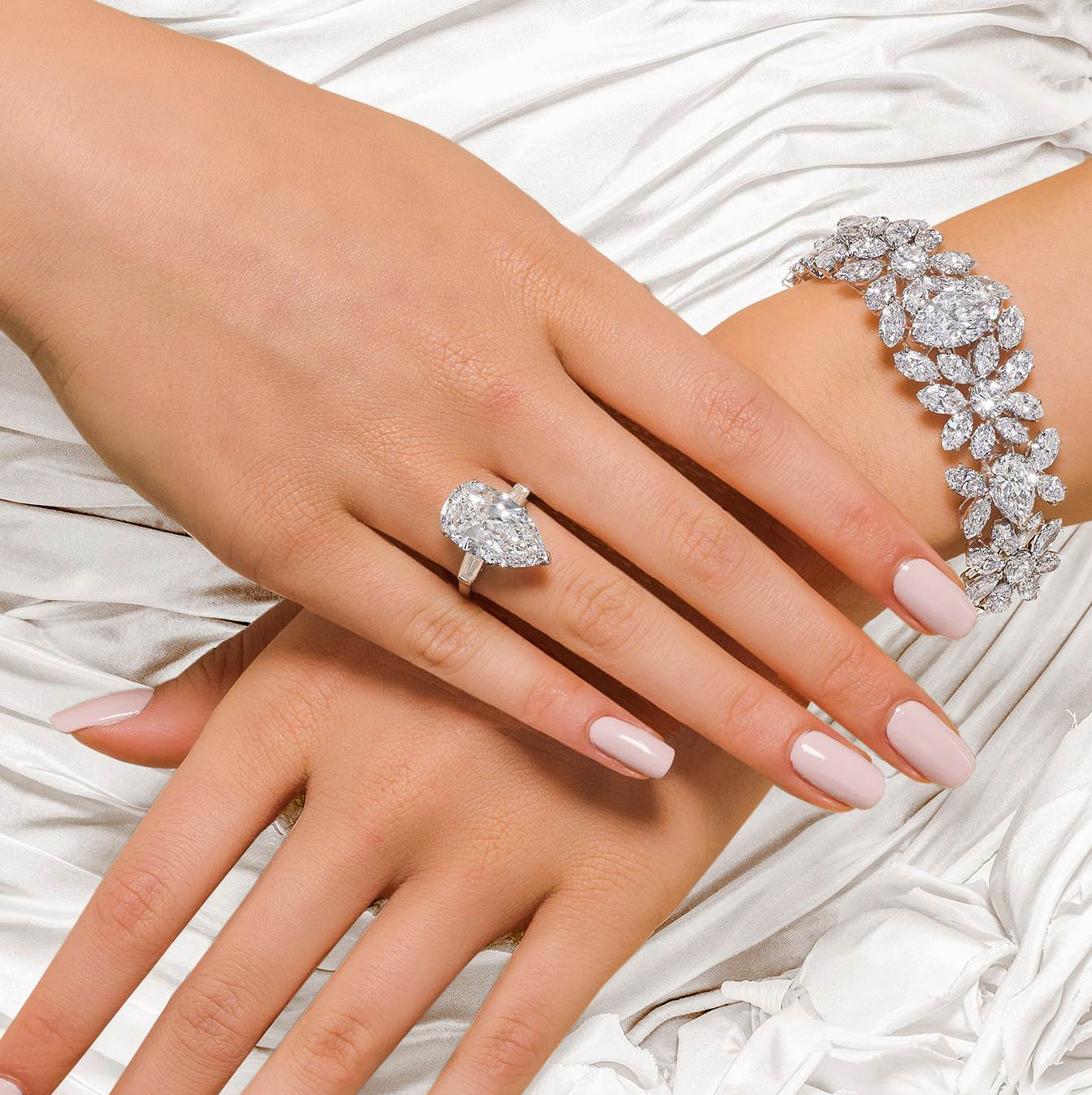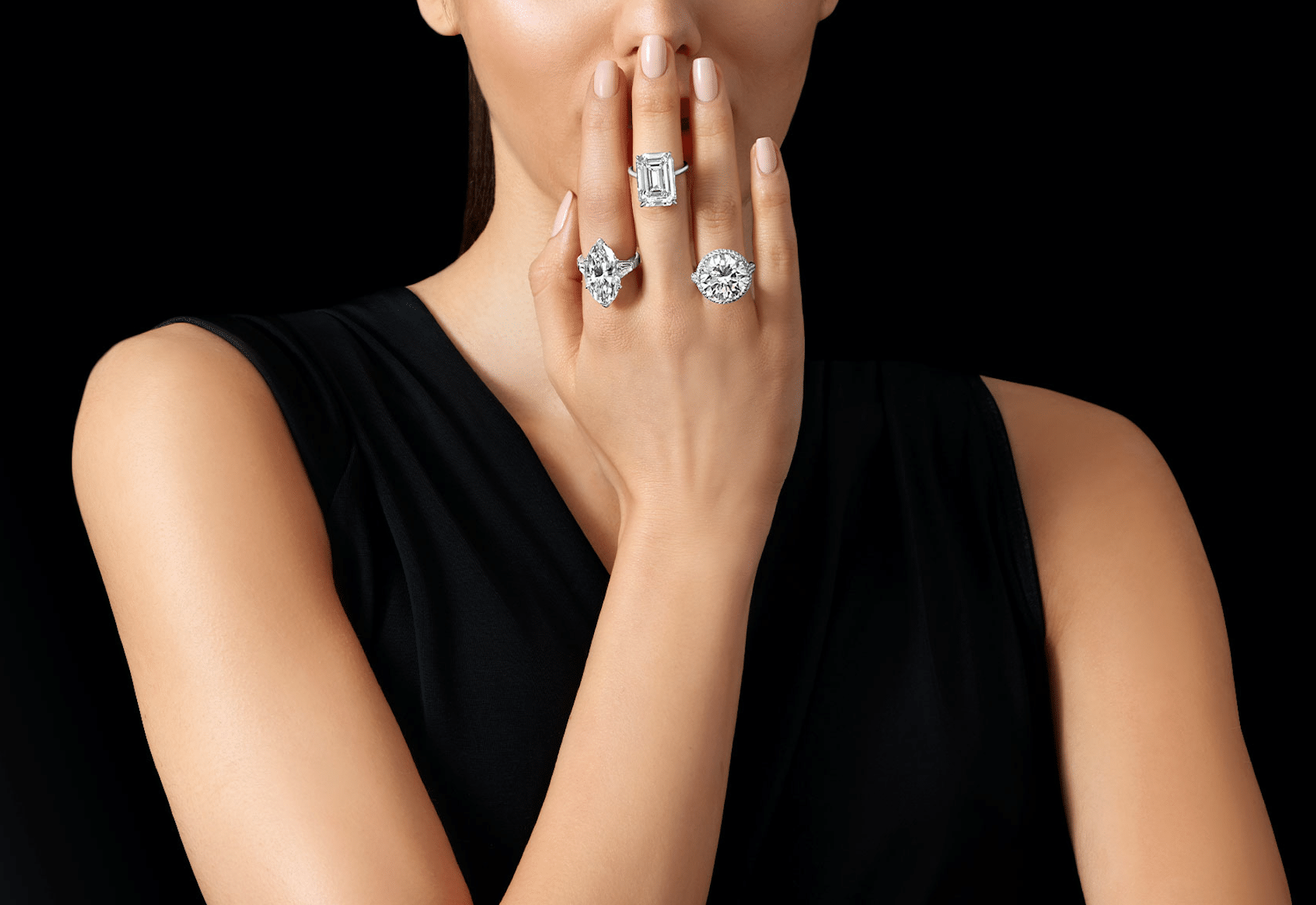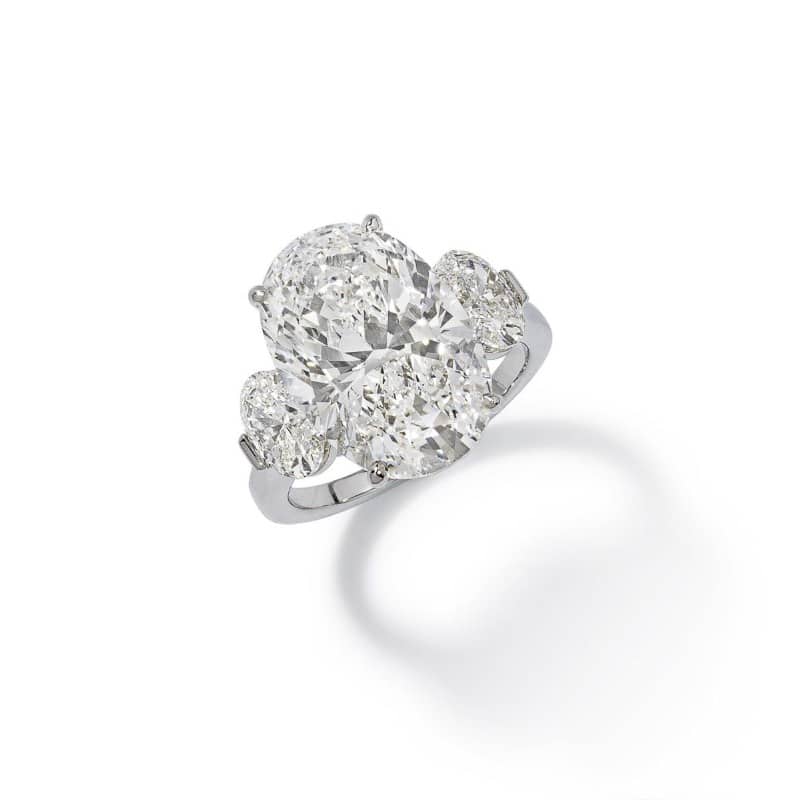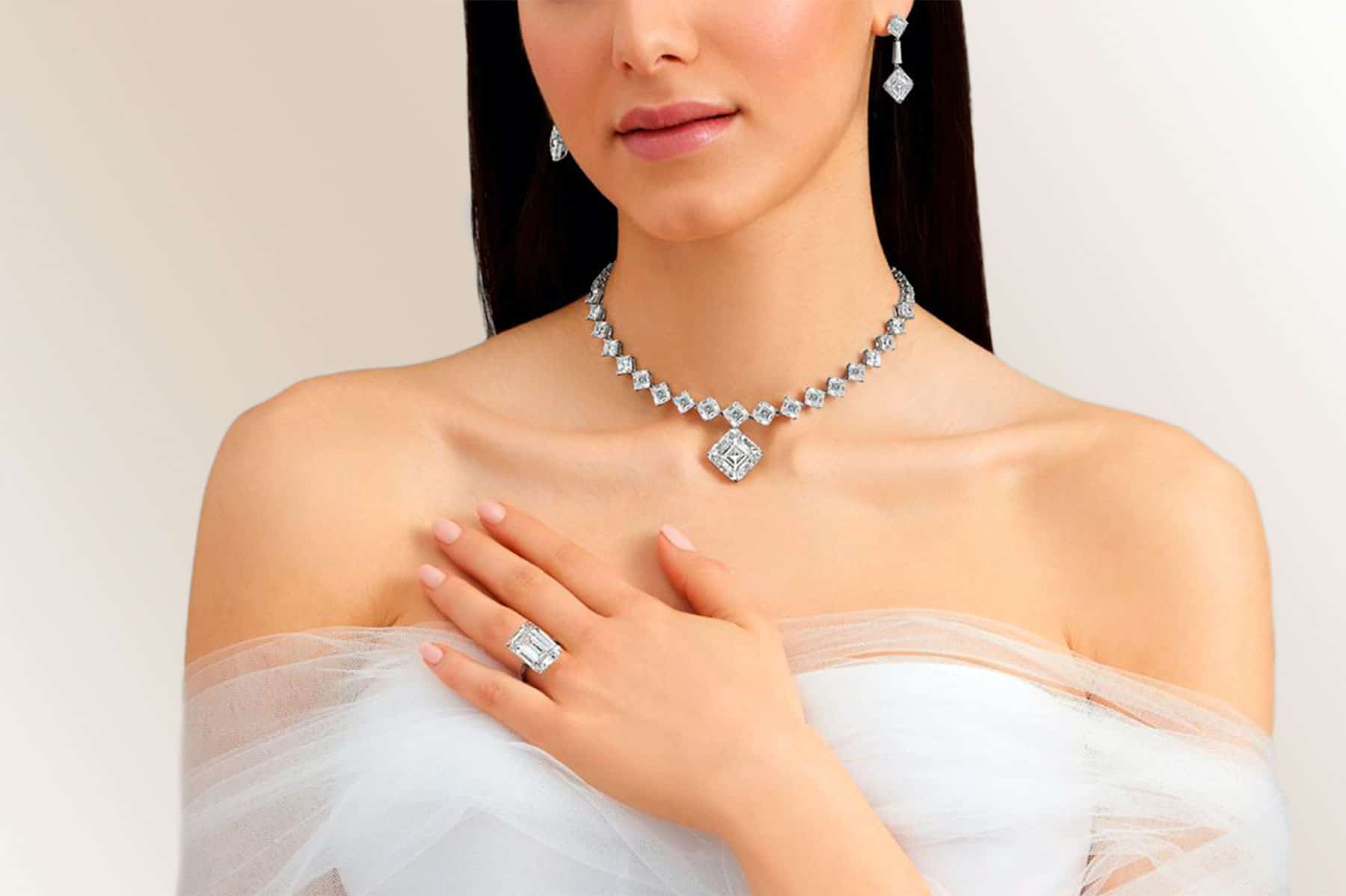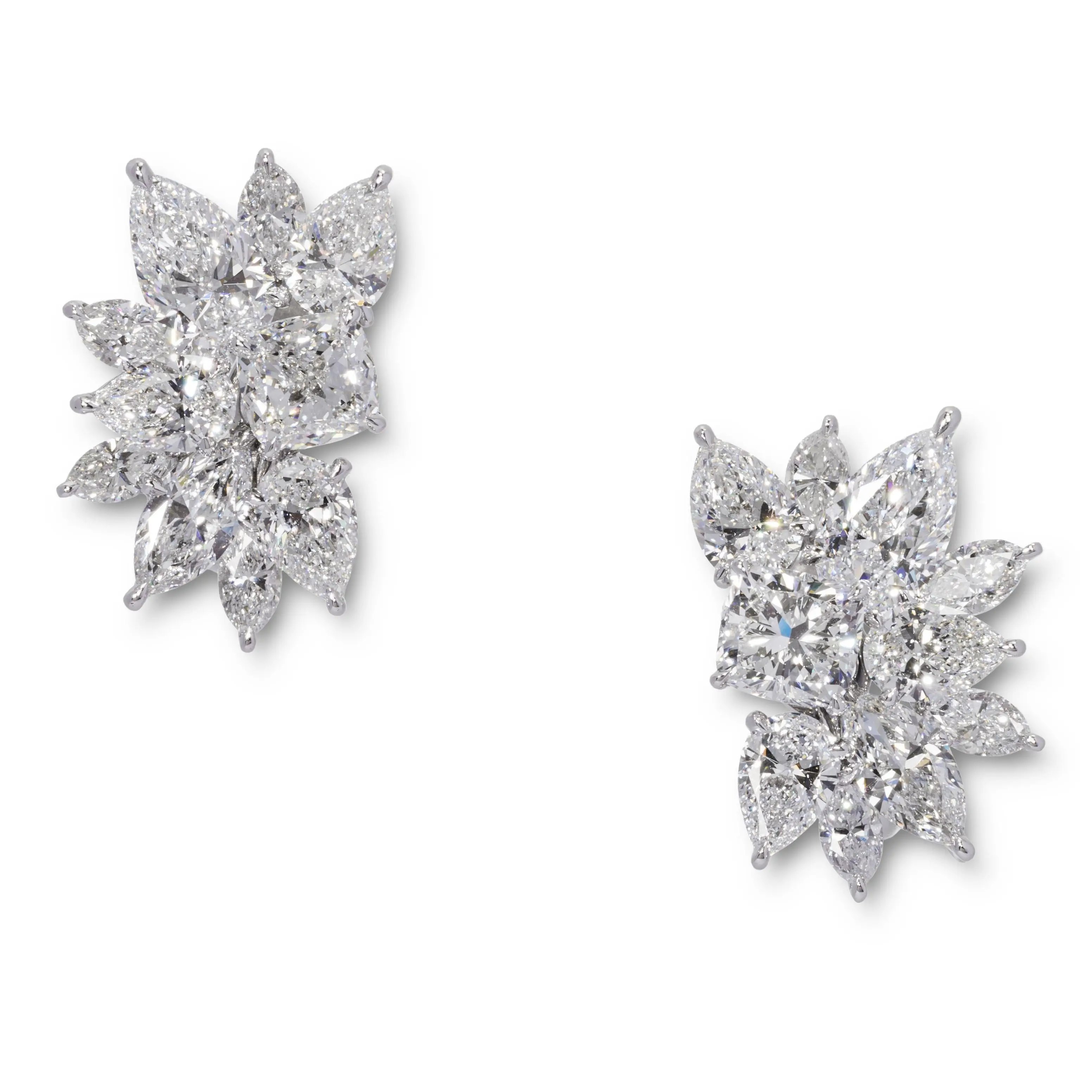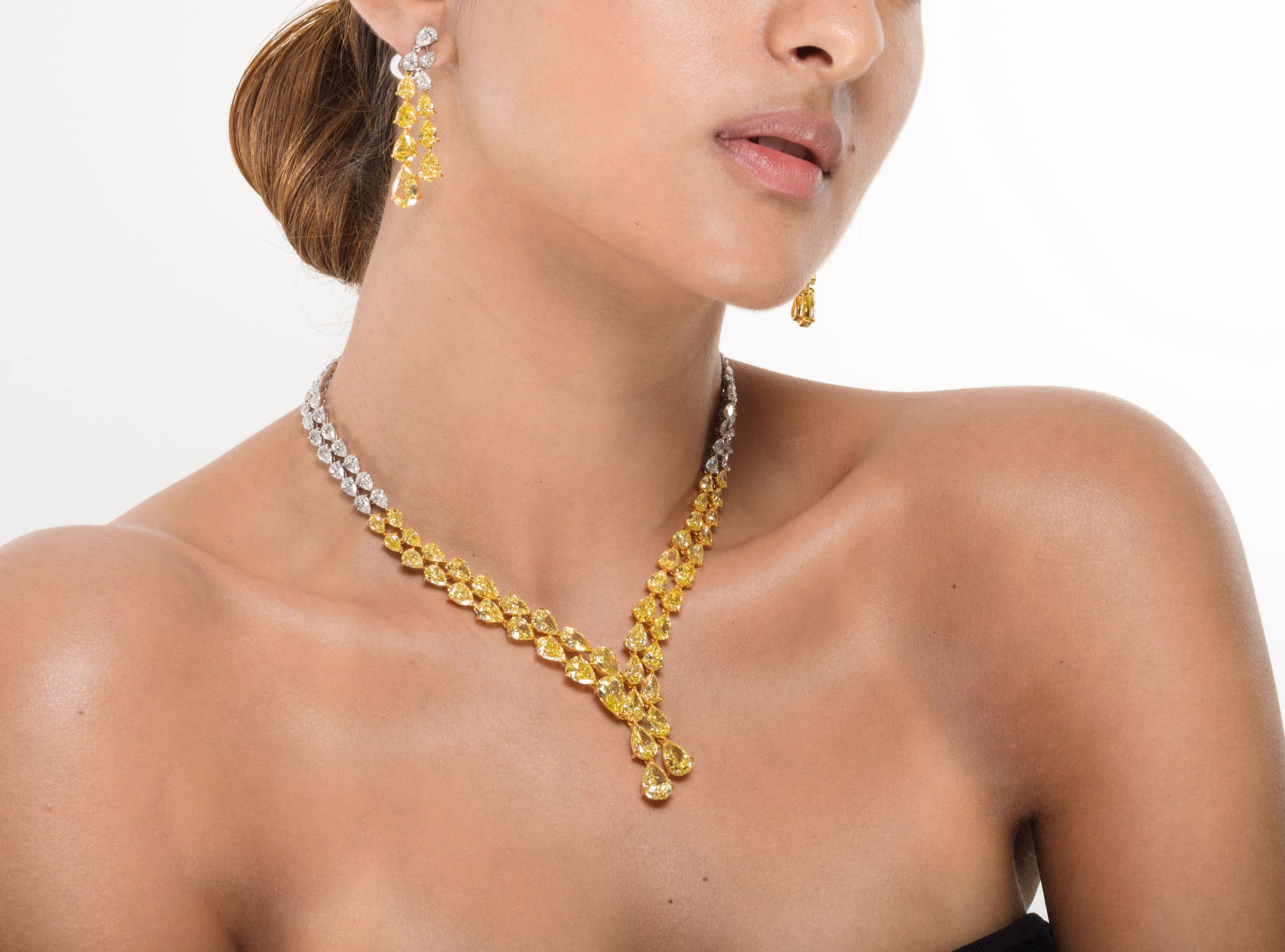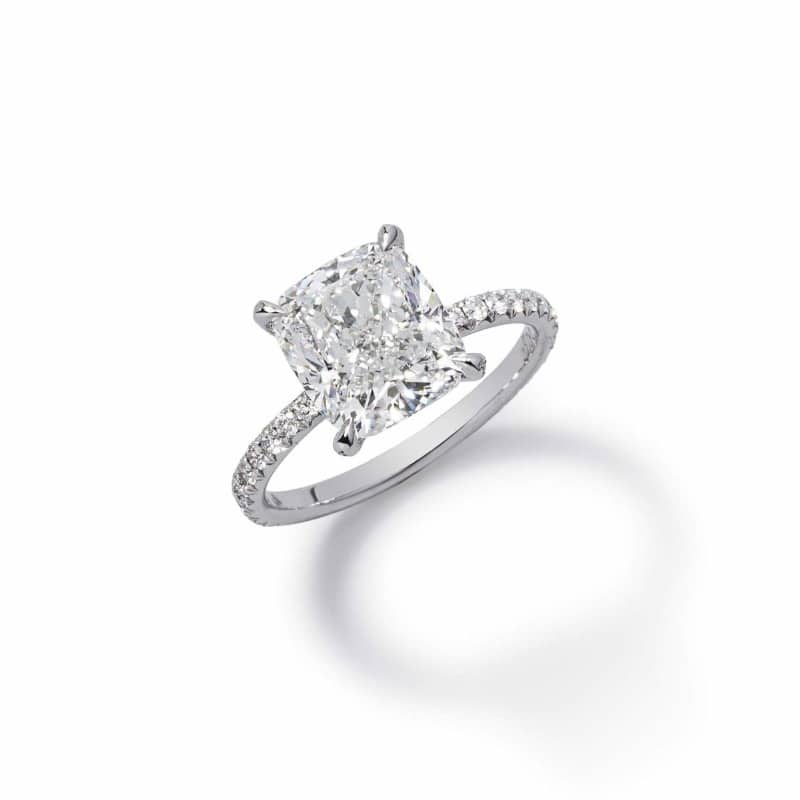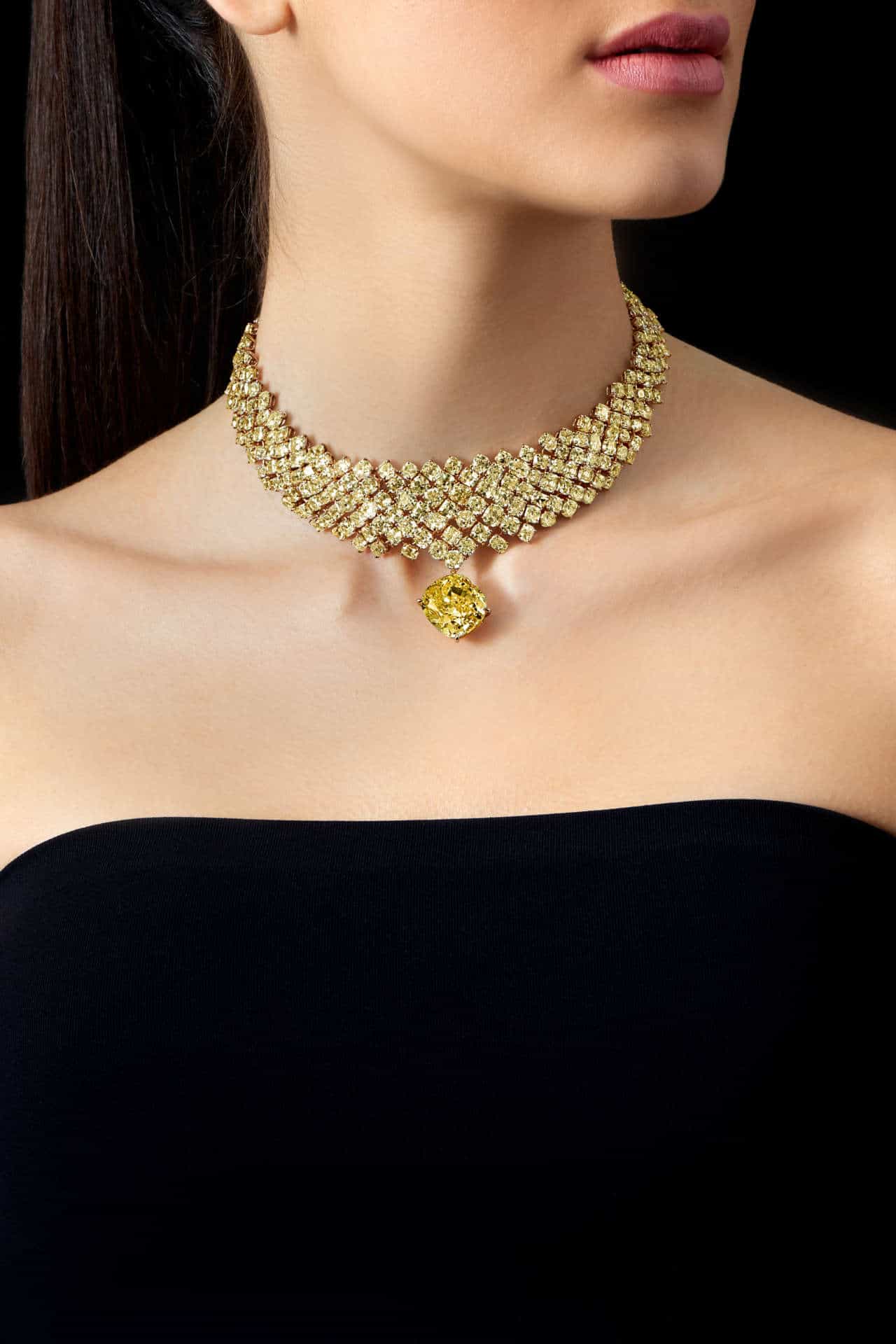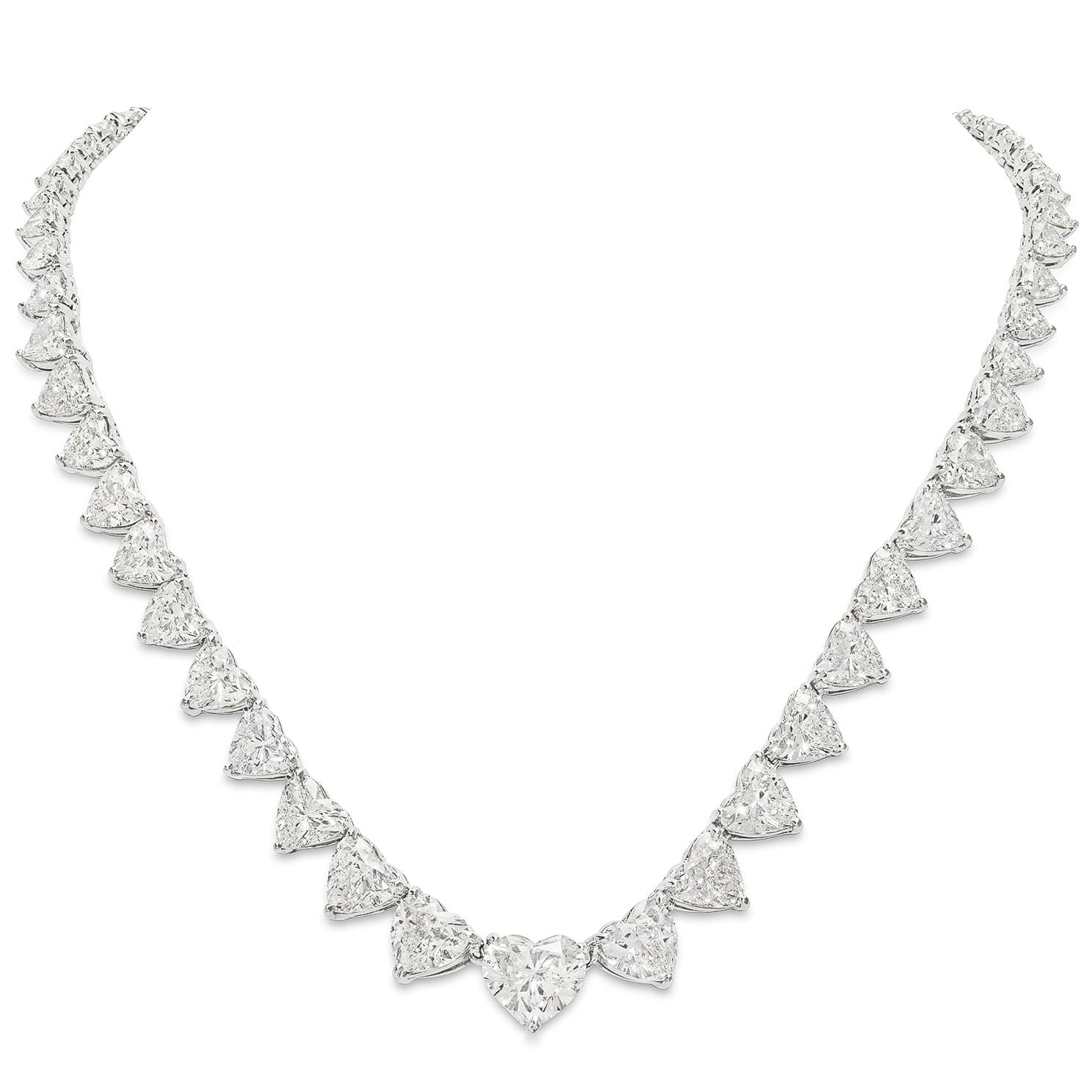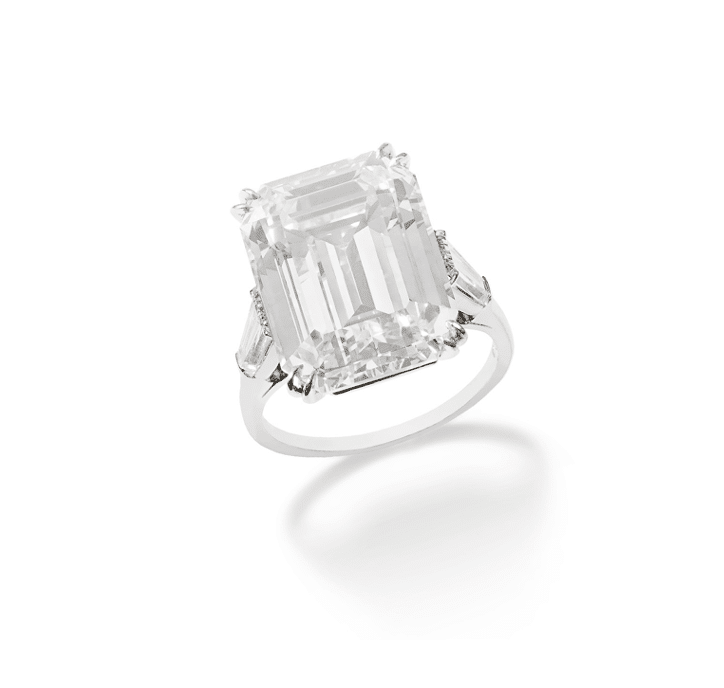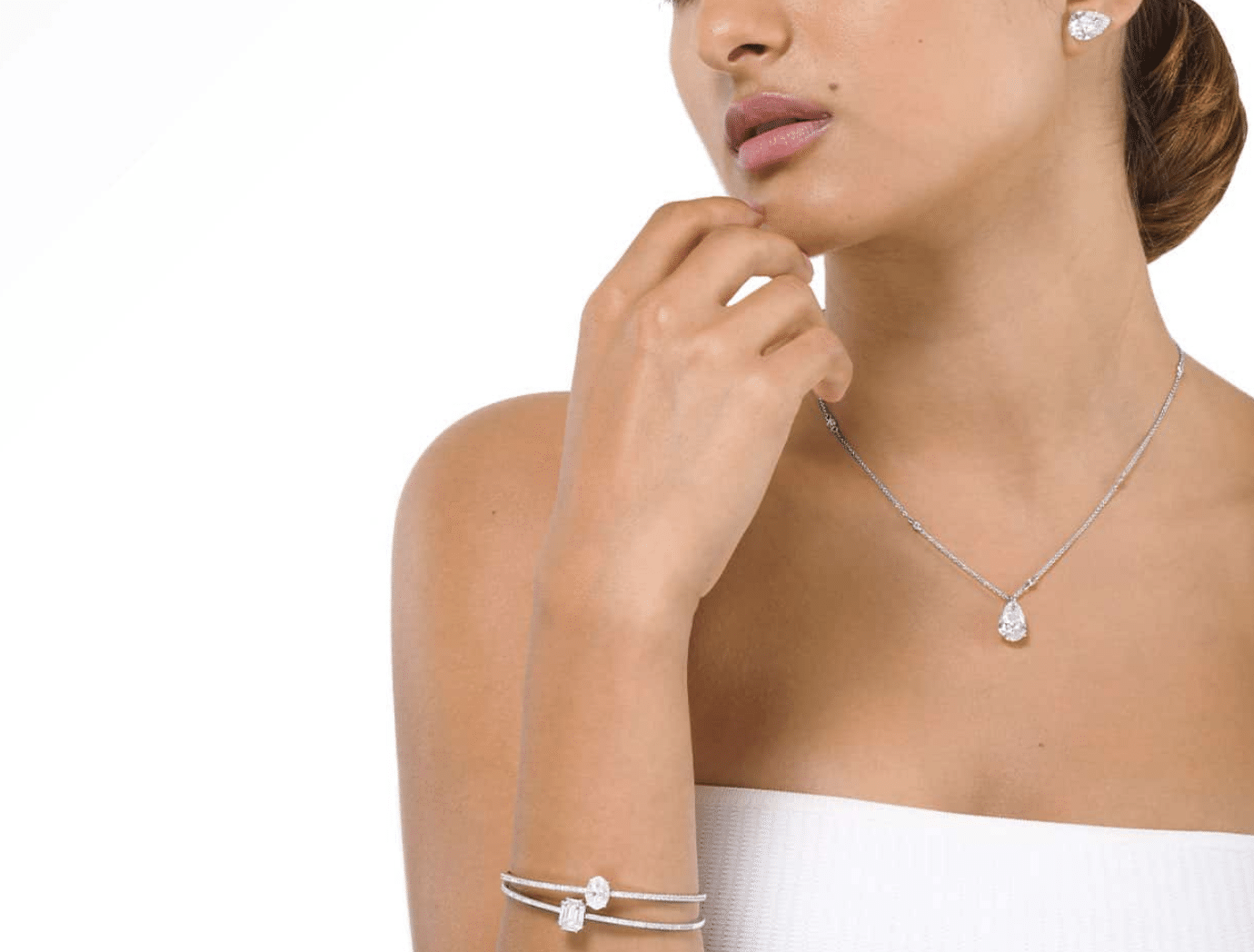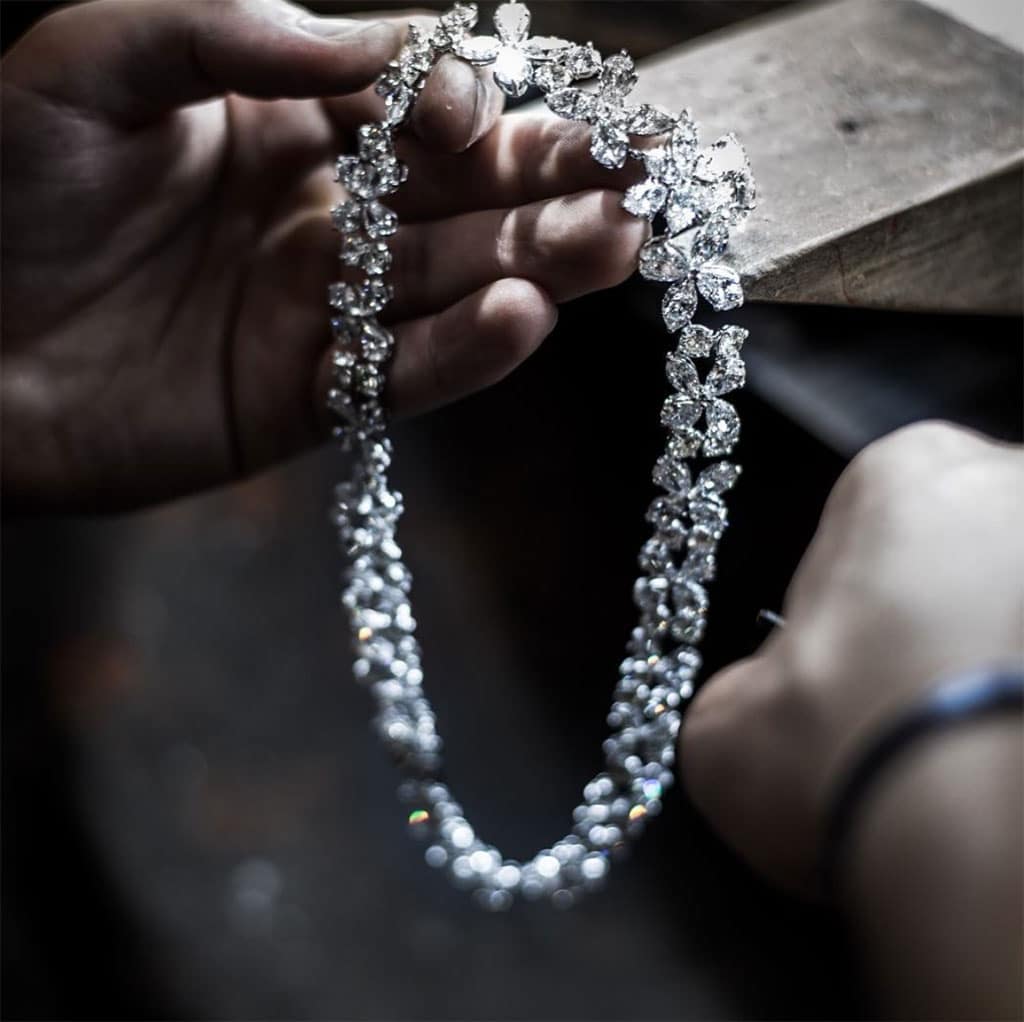Guide to Choosing the Perfect Diamond
Choosing a diamond is a unique experience. You create an instant connection with the perfect diamond; a connection that feels like it’s been there all your life!
To ensure that you make the best decision, we recommend that you follow these steps:
- Set a value range
- Choose the diamond shape
- Learn about the diamond rarity factors
- Select the rarity factor that is most important for you.
- Strike the perfect balance
Set a value range
Even within a well-defined range of value, you will have countless options. Setting a range is, therefore, your first important filter.
We invite you to share your preferred range at the beginning of your visit, or after you have seen a few options. This helps you narrow your choices to a focused selection.
If you cannot find a diamond you love in your initial range, we will find one for the lowest possible increase in value.
Which shapes go best with the jewellery I want?
When set as an engagement ring, different shapes tend to appeal to different personalities.
Round brilliant diamonds usually intrigue those who love classic, versatile designs that never go out of fashion. Emerald cut diamonds often attract resourceful, decisive personalities who adore understated elegance.
For necklaces and pendants, the diamond shapes with elongated silhouettes tend to work best. The unique outline of the pear-shape, for instance, lengthens any piece of jewellery. This feature makes it a marvelous centrepiece for a pendant or necklace.
Those seeking an original pair of diamond stud earrings would love the cushion cut or oval shape for their brilliance and original outline.
To help you choose the right shape, we start by showing you a range of our carefully curated collection. We walk you through the characteristics of each shape, explaining the stylistic option each shape can offer your chosen jewel.
As you learn more about the shapes, we invite you to consider which shapes suit your personality, stylistic preferences, and lifestyle. This ensures you make a beautiful connection with the ideal shape for you.
To find out which shapes could suit you, we recommend that you visit our Diamond Shapes Guide.
Learn the diamond rarity factors
The most widely recognised standard for determining a diamond’s rarity consists of four factors: carat, colour, clarity, and cut – collectively known as ‘the 4 Cs.’ The Gemological Institute of America (GIA) invented this standard for grading diamonds in 1953.
The combination of these four factors determines a diamond’s rarity and therefore its value. More specifically, a diamond’s value depends on how big, colourless, well-cut and free of inclusions it is.
Shape can also influence a diamond’s value. This is because some shapes have a higher yield from the original mined diamond, known as the ‘rough diamond.’ The more material a cutter needs to sacrifice to obtain a certain shape, the higher the value of the polished diamond.
How many carats should the diamond weigh?
A diamond’s weight is measured in ‘carats.’ Carat weight has more influence on a diamond’s value than any other factor. For this reason, we recommend that the next factor you consider after diamond shape is weight and size.
Unless you have a minimum carat weight in mind, our recommendation for weight will depend on the jewel you want and your preferred style. The shape of the diamond can also influence our recommendation for carat weight.
Do some diamond shapes look bigger than others for the same carat weight?
Some diamonds appear larger than others of the exact same carat weight. In other words, some shapes have a greater visual impact than others.
If you are looking to invest in a rare diamond, you should prioritize heavier diamonds with the rarest colour and clarity grades. This is because rarity is a crucial factor for considering a diamond’s merits as an investment.
What is colour grade?

Colour grade in white diamonds refers to the natural tint of colour in most white diamonds. The colour grade scale ranges from D to Z. Diamonds with a colour grade of D are completely colourless.
How does colour grade affect the appeal and value of a diamond?
Some prefer diamonds that are completely colourless or as close to colourless as possible. Others prefer diamonds with a noticeable tint. The presence of colour does not diminish the visual appeal of a diamond. It is all a matter of personal preference.
The absence of any colour or tint in white diamonds is rare. The less colour in a white diamond, the rarer and more valuable it is.
How does colour grade work for fancy coloured diamonds?
According to GIA standards, fancy coloured diamonds receive their colour grade based on hue, saturation and tone.
Hue refers to the colour, or mixture of colours, that are most visible. Saturation reflects the intensity of the colour(s) while tone refers to the relative lightness or darkness of the colour(s).
Strong colour saturation is desirable in fancy coloured diamonds such as yellow diamonds, pink diamonds and blue diamonds. Diamonds can have low to high saturation in a wide variety of colours as well as light, medium and dark tones. They can also have a mixture of hues like ‘Fancy Greenish Yellow’ or ‘Fancy Purplish Pink.’
A coloured diamond with high colour saturation and a medium tone is described as ‘Fancy Vivid.’ This is the rarest and most valuable balance of saturation and tone for coloured diamonds.
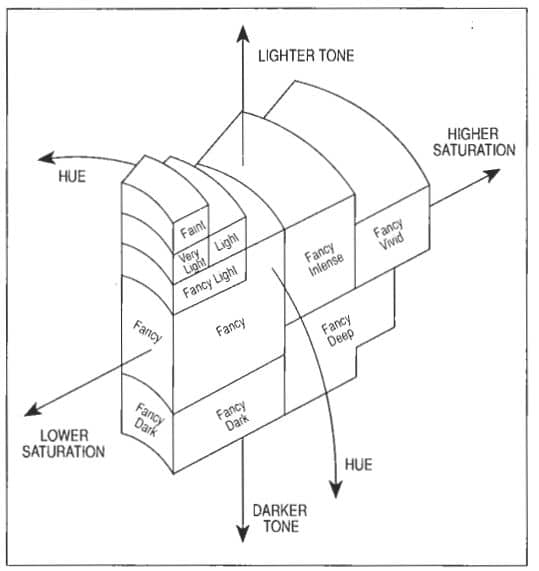
Which diamond colour grades should I focus on?
The diamond colour you should focus on depends on your preferred price point and how much you wish to prioritise colour. If colour is the most important factor for you, you should focus on the rarest colour grade you can get for the approximate value you wish.
If colour is not the most important factor, focus on the most appealing combination of colour and clarity grade combination you can get for your value range.
As long as the diamond is well-cut and attractively proportioned, you can have beautiful diamonds in all the colour grades from D to Z.
What is the appeal of ‘colourless’ diamond grades?
One of the reasons you may want to focus on colourless grades (D, E and F) is if you want to invest in a rare diamond. This is because colourless diamonds are structurally pure – an extremely rare trait. Since colourless diamonds are rarer, they tend to have more merit as a potential investment.

What is a diamond’s clarity grade?
A diamond’s clarity grade depends on the nature, type, number and location of any inclusions and/or blemishes under 10x magnification. These natural elements result from the extremely hot and pressured conditions in which diamonds form. We call these ‘birthmarks’ an ‘inclusion’ when they are inside the diamond and ‘blemishes’ when they appear on the surface. There are 11 clarity grades in the GIA International Diamond Grading SystemTM.
Which diamond clarity grade should I focus on?
If clarity, also sometimes referred to as ‘purity’, is your priority, you should focus on diamonds that have a clarity grade of ‘Flawless’, abbreviated as FL, or Internally Flawless (IF).
It is common for diamonds to have inclusions and blemishes under 10x magnification. Diamonds without these features are therefore extremely rare and valuable.
Since FL and IF diamonds are so rare, you may find that diamonds with these clarity grades are out of your value range. If this is the case, focus on the next two grades: VVS1 and VVS2.
If clarity is not your top priority, you should consider whether or not the diamond is ‘eye-clean.’ A diamond is eye-clean when you cannot easily see inclusions with the naked eye.
What is the appeal of eye-clean diamonds?
Eye-clean diamonds are more visually appealing. We also recommend them because they tend to keep, or grow, their value better over time because they are more popular.
Searching for eye-clean diamonds means you should look at diamonds that have a clarity grade of at least SI2. Keep in mind that not all diamonds that have SI1 or SI2 clarity grades will be eye-clean. Eye-clean diamonds have a greater value than diamonds that are not-eye clean even if all the other factors are the same.
The precise clarity grade we recommend also depends on your chosen diamond shape. Inclusions are less noticeable in some diamond shapes than others. This means certain shapes enable you to consider a relatively wider range of clarity grades.
It would be our pleasure to help you find the diamonds that correspond to your preferred clarity grade. Our selection of superior white diamonds range FL and IF diamonds to those that are ‘eye-clean’ with a less rare clarity grade.
Is clarity important for fancy coloured diamonds?
A fancy coloured diamond with an ‘intense’ or ‘vivid’ colour grade is extremely rare – especially if the hue is pink, blue, green or red.
In these cases, experienced diamantaires will often invest in diamonds with a relatively more included clarity grade as long as the diamond has an attractive colour. This is because the beauty and rarity factors of coloured diamonds are in the colour.
What are the factors that affect a diamond’s cut quality?
Many factors affect the quality of a diamond’s cut. These include the diamond’s anatomy as well as the finishing of its facets. A well-cut diamond will have extraordinary brilliance and perfectly symmetrical proportions.
The only shape that receives an objective cut grade is the round brilliant. The GIA grades round brilliant diamond on a scale that ranks from ‘Poor’ to ‘Excellent.’ The diamond’s cut grade should appear on its gemological report. It is estimated that less than 3% of round brilliant diamonds receive a grade of ‘Excellent’ from the GIA.
For all diamonds shapes, there are grades for Polish and Symmetry of the facets. These should also appear on the diamond’s gemological report. Similar to the cut grade, gemological laboratories grade these factors from ‘Poor’ to ‘Excellent.’
The closer the diamond is to receiving an ‘Excellent’ grade for these factors, the rarer and more valuable it is.
As long as it does not affect light return, a diamond’s outline is more of a subjective preference. Pear shapes, for example, can have a longer profile or be relatively short. Exceptional diamonds with excellent light return can have almost any outline.
One of our secrets is to only keep diamonds with superb light performance in our collection. We carefully examine every diamond for dozens of details to ensure it meets our strict standards.
While it’s useful to know these details, you should put a great deal of trust in your own judgment. After seeing a few options, go for the diamond you love most!
Select the rarity factor that is most important for you
After choosing your preferred diamond shape, we recommend that prioritize one of the rarity factors. Which factor do you value above the others?
Do you want the biggest diamond you can get for your price point? Or do you prefer to have the rarest colour, clarity or cut grade?
Strike the perfect balance
Once you choose the most important factor, select the rarest option you can for that factor. You should also set a minimum standard for the other factors so that you can get an attractive balance overall.
For example, if colour is your priority, you should still consider a well-cut diamond that is ‘eye-clean’ and big enough to look nice in the jewel you have chosen.
Our client advisors are diamond experts with extensive experience adhering to our client’s unique wishes and preferences. They look forward to helping you achieve the perfect balance within our collection of exquisite diamonds.
